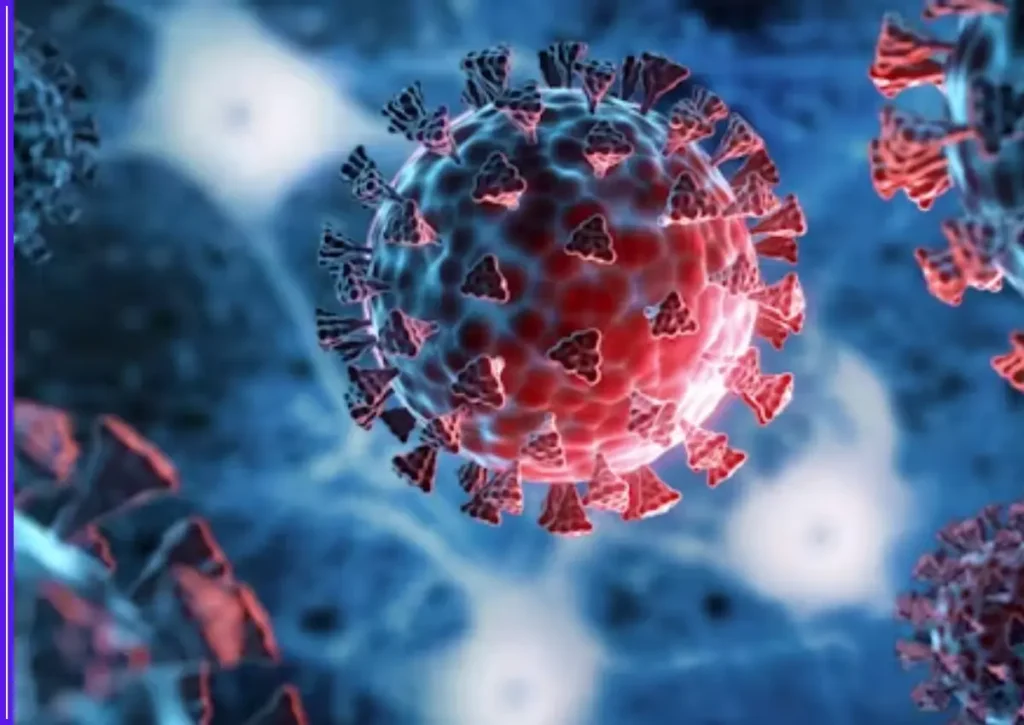A new COVID-19 variant, officially named XFG and informally nicknamed “Stratus,” is making its way through the United States, capturing the attention of health authorities and the public alike. First identified in late January 2025, the variant is now showing signs of rapid growth, prompting renewed discussions about how the country will manage coronavirus risks heading into the latter half of the year.
XFG is a recombinant strain, meaning it emerged from the combination of genetic material from two existing Omicron sublineages, identified as LF.7 and LP.8.1.2. Such recombinations are not uncommon in the ongoing evolution of the virus, but scientists note that XFG’s growth rate warrants close monitoring. On June 25, the World Health Organisation classified XFG as a “Variant Under Monitoring,” signaling that while it does not pose a high immediate global risk, its potential for further spread and mutation is being taken seriously.

In the United States, the variant’s presence has grown from negligible levels in the spring to approximately 14 percent of sequenced cases by late June, according to the U.S. Centers for Disease Control and Prevention. This surge comes amid a backdrop of rising COVID-19 detections in wastewater data, which experts say can serve as an early warning system for increased community transmission. The CDC has reported that viral activity is now being detected in most states, suggesting the variant is not confined to one region.
Globally, XFG accounted for around 22.7 percent of sequenced cases in late May and early June, with notable increases in Southeast Asia, parts of Europe, and the Americas. The speed of its spread in multiple regions has caught the attention of epidemiologists, although the overall public health risk assessment remains low. The WHO emphasizes that, for now, there is no evidence to suggest XFG causes more severe illness than previous Omicron variants.
read more about Why Are Cases Rising Again?
The symptoms linked to XFG largely mirror those associated with other recent strains. Fever, cough, sore throat, nasal congestion, fatigue, headaches, and muscle aches remain the most common. However, some clinicians have reported a distinctive hoarseness or scratchy throat among patients, a detail that has led some in the media to call it the “Frankenstein” variant. This nickname stems from the idea of the variant being a patchwork of different lineages, though health officials caution against sensationalizing the label.
While the clinical profile of XFG does not appear to be more dangerous than its predecessors, its rapid growth underscores the virus’s continued ability to adapt. Experts stress that even a variant with similar severity can put pressure on healthcare systems if it spreads quickly enough to drive up total case numbers. In this context, vaccination remains the primary defense. Studies and real-world data suggest that existing vaccines still offer strong protection against severe illness and hospitalization caused by XFG, particularly for those who are up to date with booster shots.
Public health experts recommend a multi-layered approach to reducing risk. This includes staying current with COVID-19 vaccinations, practicing good hand hygiene, improving ventilation in indoor spaces, and wearing masks in crowded or poorly ventilated settings during periods of high transmission. Testing remains an important tool, especially for people experiencing symptoms or who have had close contact with someone who has tested positive.
The emergence of XFG comes at a time when public attention to COVID-19 has waned compared to the early years of the pandemic. Many Americans have returned to pre-pandemic routines, and public health restrictions have largely disappeared. However, experts warn that complacency can allow new variants to spread unchecked. The experience of previous waves shows that even a relatively mild variant can disrupt workplaces, schools, and healthcare facilities if enough people become infected in a short time.
One challenge in responding to new variants is the decline in traditional case reporting. With at-home testing now widespread and fewer people seeking confirmatory PCR tests, official case counts capture only a fraction of infections. This makes wastewater surveillance, hospital admission data, and genomic sequencing increasingly important for understanding the spread of variants like XFG. The CDC has been working with state and local partners to expand and refine these monitoring systems, but data gaps remain.
Internationally, health agencies are watching XFG’s growth to see whether it overtakes other circulating variants. In some countries, it has already begun to displace older strains, a sign of competitive advantage in transmission. The reasons for that advantage are not yet fully understood. Researchers are investigating whether mutations in XFG’s spike protein help it evade parts of the immune response or improve its ability to infect human cells.
So far, there is no evidence that XFG leads to more severe disease outcomes, but scientists caution that the situation can change. Variants can continue to mutate as they spread, and close monitoring is essential to detect any shifts in severity or vaccine effectiveness. This is why the WHO’s designation of XFG as a Variant Under Monitoring is significant—it allows for coordinated international tracking and information sharing.
For the public, experts say the emergence of XFG is a reminder that COVID-19 is not gone and that its evolution is ongoing. While the risk to most individuals remains low, those who are older, immunocompromised, or have underlying health conditions should remain particularly vigilant. These groups benefit most from timely vaccination and prompt medical attention if they develop symptoms.
With the return of school seasons, increased travel, and more indoor gatherings expected in the coming months, public health officials are urging a cautious but measured approach. Rather than widespread restrictions, they are advocating targeted protective measures and rapid response to local surges. The goal, they say, is to keep communities open while minimizing the risk of healthcare strain.
As of now, the XFG variant is another chapter in the continuing story of COVID-19’s adaptation. It may not be the last notable strain of 2025, and its eventual trajectory will depend on how populations and health systems respond. What remains clear is that the tools to limit its impact—vaccination, ventilation, masking in high-risk situations, and timely testing—are already available. The challenge lies in ensuring they are used effectively as the virus continues to evolve.









